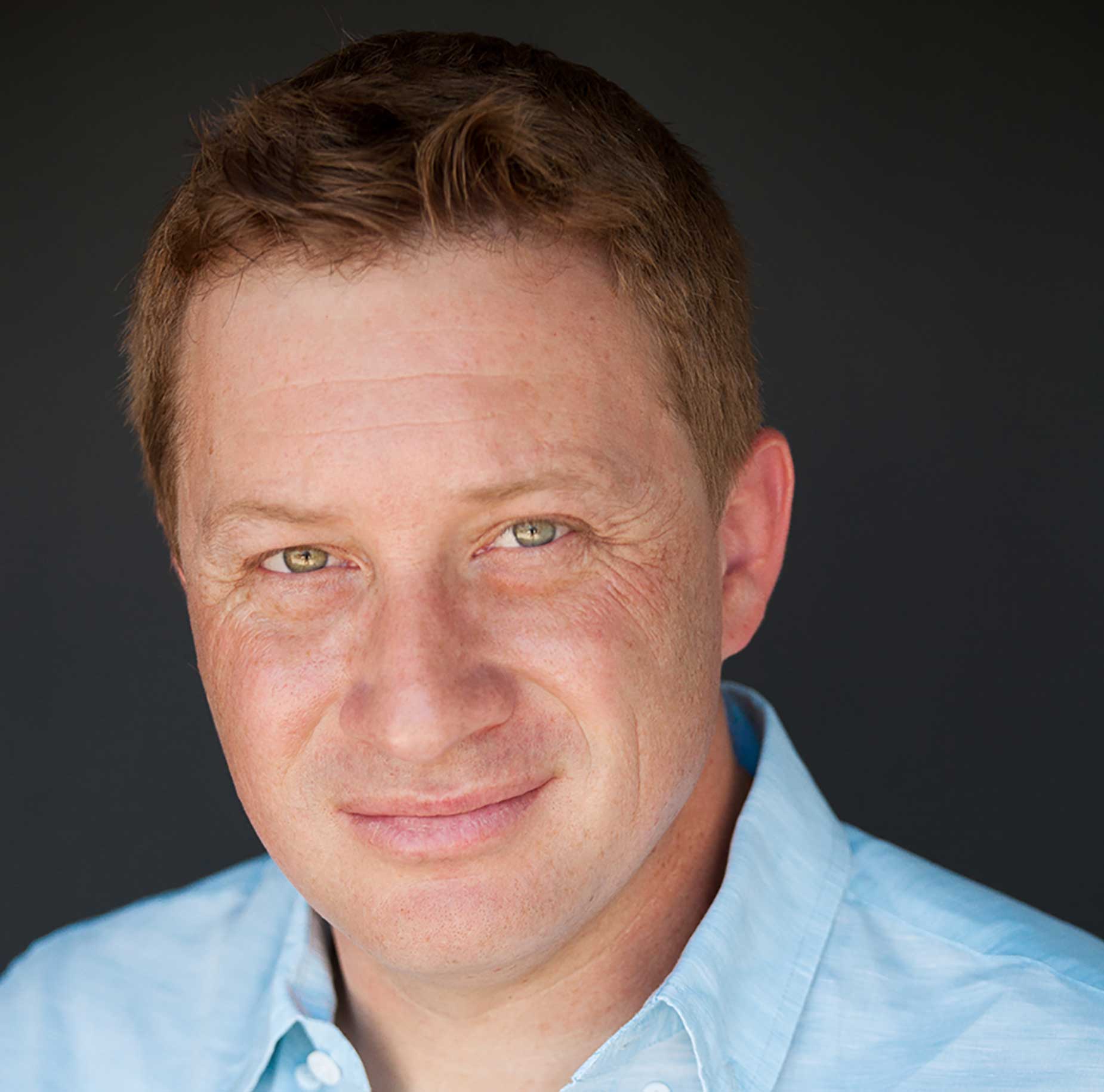
News writer; Opinion columnist
The first Powerball drawing was held in 1992 and featured a jackpot of $6 million. Since then, the game's jackpots have grown exponentially, and today, it's not unusual to see top prizes exceed one or even two billion dollars.
Hundreds of millions of Powerball tickets are sold every year, and while almost everyone who plays understands that their odds of winning a massive prize are slim (1 in 292 million to be exact), they also have confidence that each ticket has the exact same odds of winning.
Part of the reason for this confidence is the extensive security precautions taken by the Multi-State Lottery Association. This company runs Powerball to ensure the integrity and essential fairness of the game.
With hundreds of millions of dollars at stake, Powerball is more than just a game. Life-changing amounts of money will be awarded from a tiny television studio in Florida, and it's imperative that the game's essential fairness be unquestioned.
This is how the Powerball protects and secures its drawings.
Power Ball
Powerball is famous for its massive jackpots, including the only multi-billion dollar prize in US lottery history. While the process for picking the six winning balls appears simple, the steps it takes to ensure that no one tampers with the process is anything but.
The senior drawing manager of the Multi-State Lottery Association, Sue Dooley, told CBS News:
A lot of people, when they find out what I do, they think, “Oh well, you come in five minutes before, pull out the equipment, then you're done.”
The fact is that while the drawing itself takes less than one minute to complete, it actually takes several hours' worth of tests and security checks to set up each Powerball drawing.
The vast majority of Powerball drawings are held in the Florida Lottery headquarters in Tallahassee. This building is many things, including a TV studio, a workspace for lottery officials, and a highly secure fortress with state-of-the-art alarms, cameras, and access systems.
The entire facility is also under 24-hour camera surveillance from the Multi-State Lottery headquarters in Clive, Iowa.
Additionally, the Florida office is home to a special forensics department that is responsible for authenticating winning tickets.
The vault
It all starts with the vault, a highly restricted area buried deep in the headquarters building. The high-security door is alarmed, coded, and double-locked so that two keys are required to open it, which prevents any one person from accessing the drawing equipment. This is where all of the equipment needed to operate the drawing is kept.
At least three people must be present each time the vault door is opened. This includes a Lottery security agent, a representative from the Multi-State Lottery Commission, and an independent auditor. For context, it only takes two people to launch a nuclear missile.
Ron Cave is the director of security for Florida's Department of Lottery, and he told 10 News San Diego about all the precautions involved in opening the vault door:
As soon as the door is opened, I get an email, and the deputy director of security gets an email letting us know the vault has been opened. Then, the randomization process can begin to choose what machines and sets of balls will be used for the draw.
The balls
Inside the vault are the two critical components necessary for each drawing: the balls and the selector machines.
Start with the part that everyone pays the most attention to on a draw day: the numbered balls. Depending on how they fall, someone could win more money than they could hope to earn in a lifetime.
That's why you can't just use ping pong balls from a local sports store with numbers printed on them.
The red and white balls are made of rubber and cost $100 each. Each ball is expected to last two to three years. They weigh approximately eighty grams each, with an average difference of just three-tenths of a gram.
Before any set of balls is put into play, a state lab tests them for weight, size, and density to ensure uniformity. The balls can even be X-rayed to ensure that nothing is inside them.
Anyone handling the balls must wear latex gloves to ensure that oil from their hands does not transfer to the balls and affect their weight or movement. There are four sets of balls in the vault, so no one knows precisely which set will be used for a given drawing, and only authorized Powerball personnel are allowed to touch the balls.
The machines
Just like the balls, there are several ball selection machines inside the vault, and the two used are chosen at random before each drawing. Security is so tight that even the process of randomly selecting machines is kept secret from the public.
When not in use, they're kept under black shrouds to prevent any unauthorized tampering.
The machines cost $55,000 each, and they are tested before each drawing. The entire system is analog with no internet connection to ensure that no one can hack any of the equipment.
Photography of any of the equipment, including the safes or facilities, is strictly forbidden. As an additional layer of security, a law enforcement officer must be present anytime the equipment is moved from the vault to the studio.
The drawing
The actual drawing is held in a small TV studio inside the Lottery headquarters. Anyone not authorized to be in the room must watch from behind a thick glass window.
Just before the official drawing, there is a dress rehearsal to ensure that everything is working correctly. Several contingency plans are also in place to cover anything that could possibly go wrong during the drawing, such as the announcer calling the wrong number or an equipment malfunction.
The entire process is taped so that if any problem arises, such as a ball getting stuck in the tube, a video can be publicly posted online so everyone can see what happened.
Former Powerball drawing host Sam Arlen says that while the drawing process is fast, everyone still feels the pressure to get it right.
It's the first opportunity America gets to see the winning numbers. That's one of the coolest things about what I do. It's not in the paper the next day. It's not on the evening news. It's the first shot for many people. This is where you get to see if your $2 just paid off really big.
It can take a few hours to determine whether any winning tickets were sold after the drawing ends.
The back up
Powerball drawings are held three times a week: on Monday, Wednesday, and Saturday at 10:59 PM Eastern time.
It is so crucial that each drawing happens at the correct time that several backup studios with their own equipment are located around the country in case the Florida studio is unable to host the drawing.
According to officials, these backup studios have been used at least three times due to hurricanes shutting down the Florida studio.
Security
While the Powerball drawing has never been compromised, the November 10, 2022, drawing was delayed for ten hours due to a security issue. This was a particularly tense moment because the $2 billion jackpot was the largest in US lottery history.
Apparently, the Minnesota Lottery ran into an issue with its two-tiered ticket verification system. In this system, one company sells and records every Powerball ticket sold in the state, and a second company must then verify the records of the first and make sure the tickets sold balance out.
The drawing can only be held once every participating state reports its verified ticket totals.
Apparently, due to the massive sales volume generated by interest in the record-breaking jackpot, the Minnesota Lottery's system for verifying ticket sales was overwhelmed, and the system broke down.
The Minnesota Lottery Commission was ultimately forced to recheck every single ticket, a process that took over five hours. Finally, it was determined that the tickets sold and verified balanced out, and the drawing was able to carry on.
Edwin Castro of Alta Dena, California, took home the massive prize and became the biggest single winner in lottery history.
So, if you're a Powerball fan, you can buy your tickets knowing that your games are safe, secure, and fair for everyone.
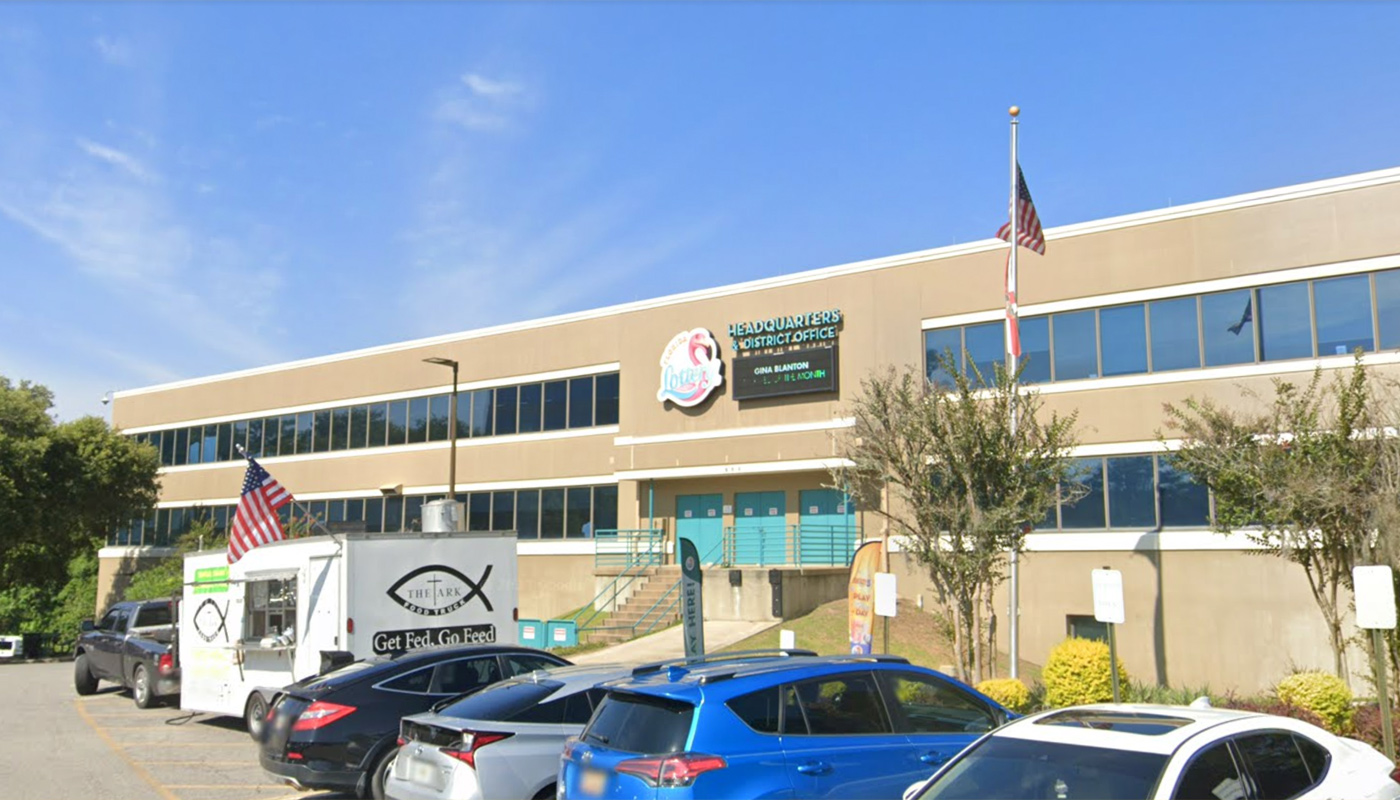
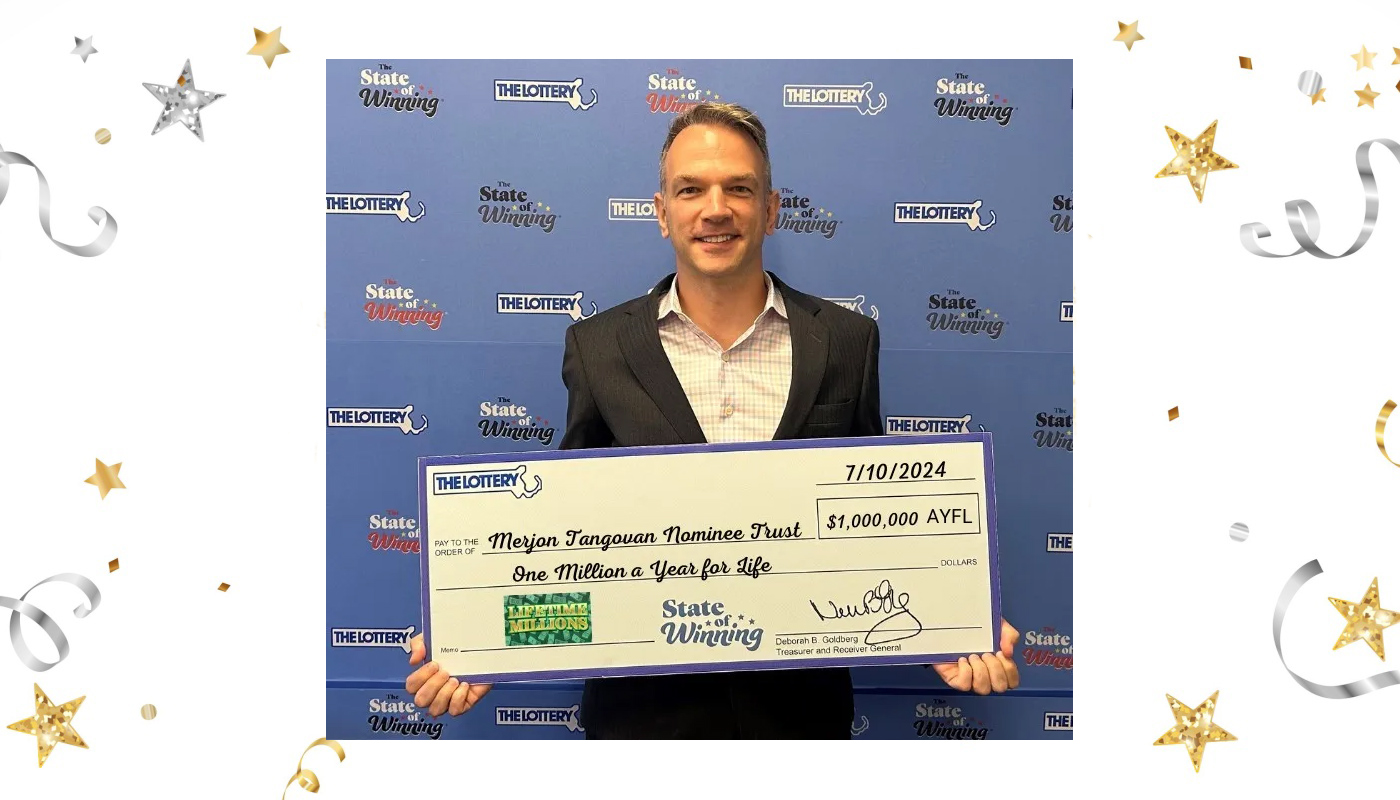
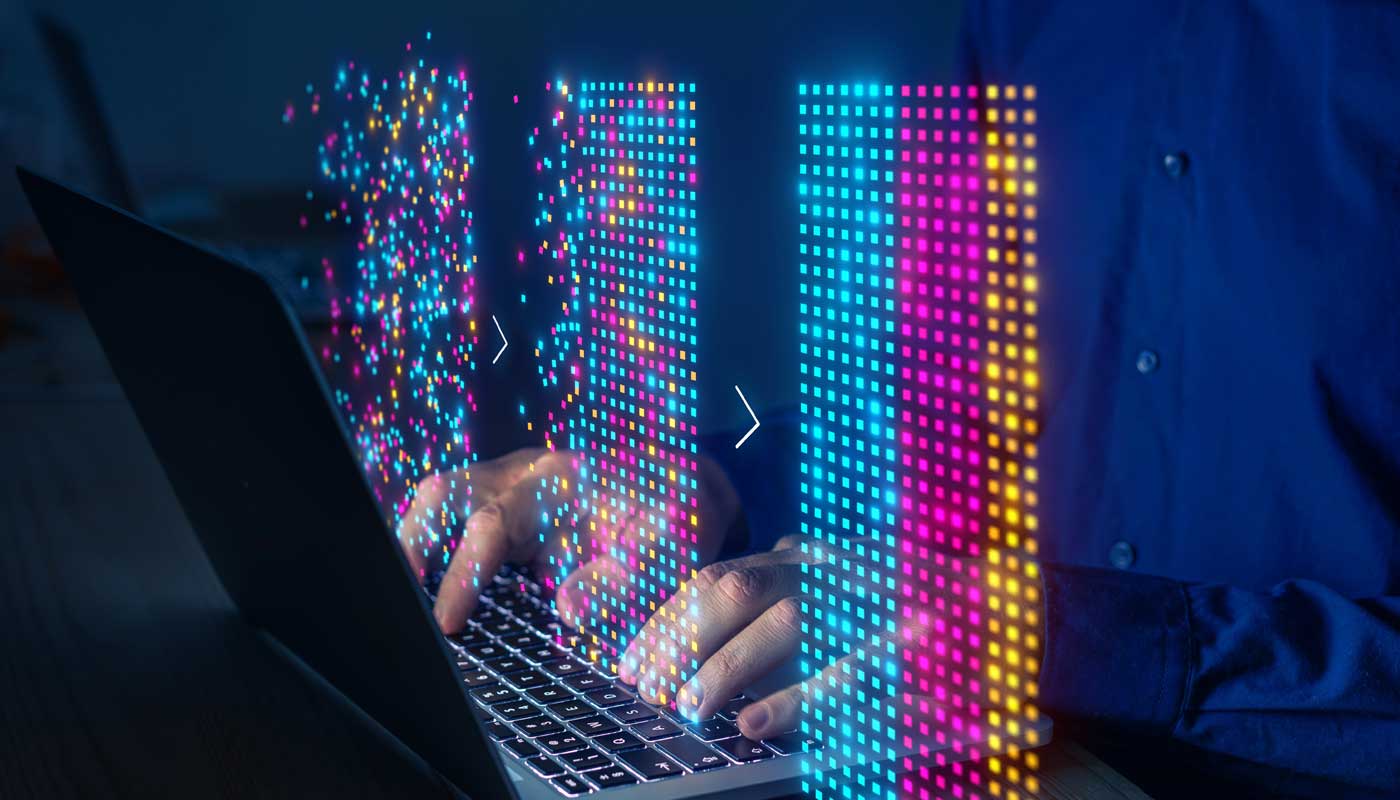
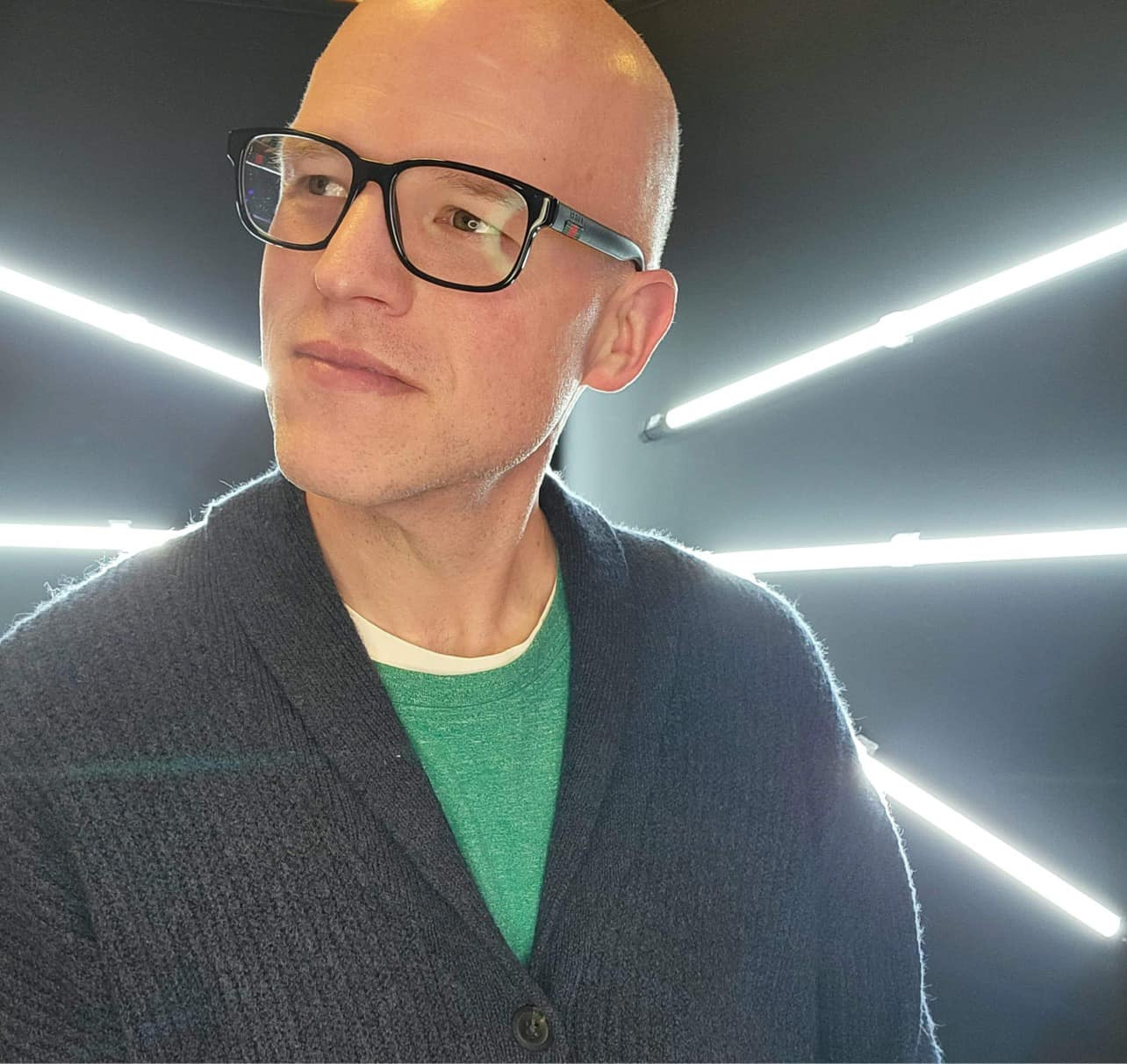
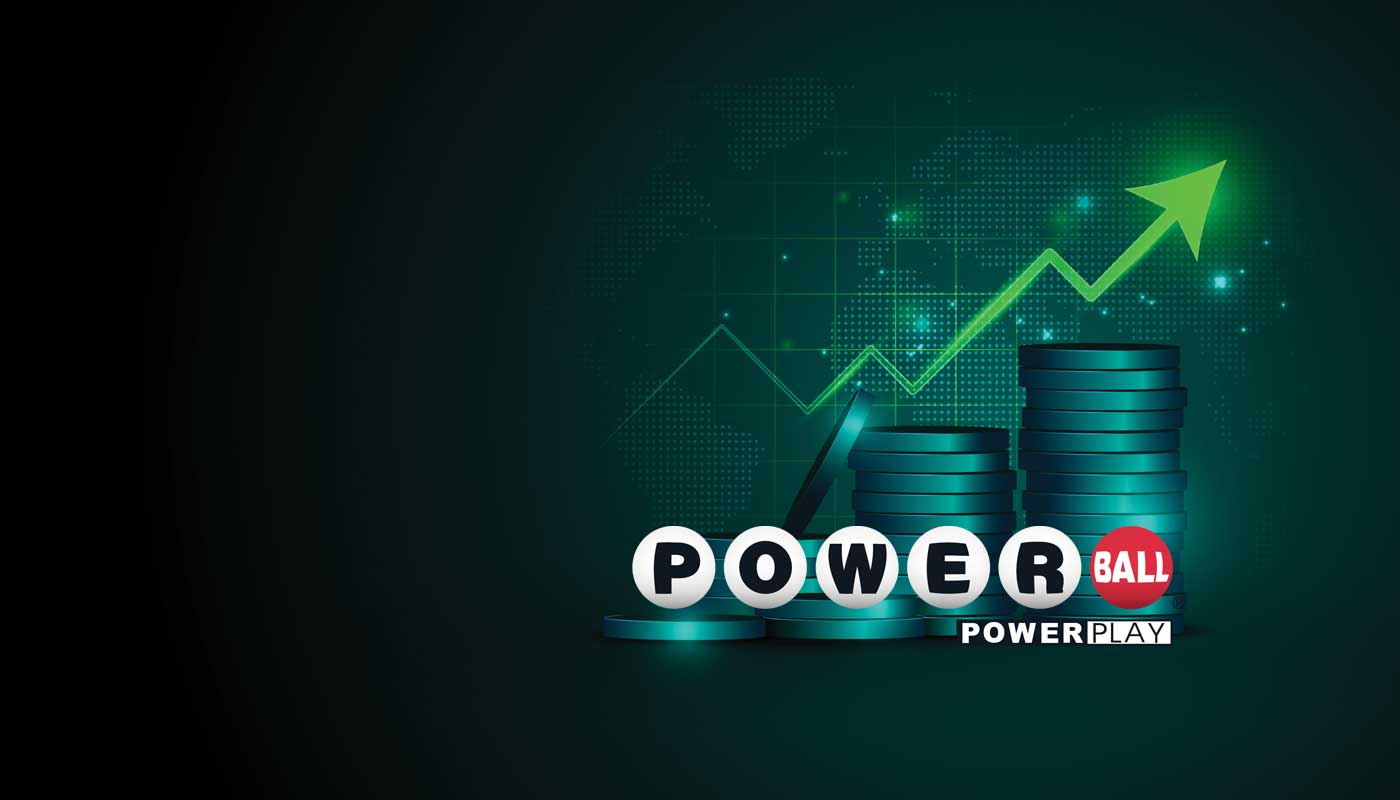

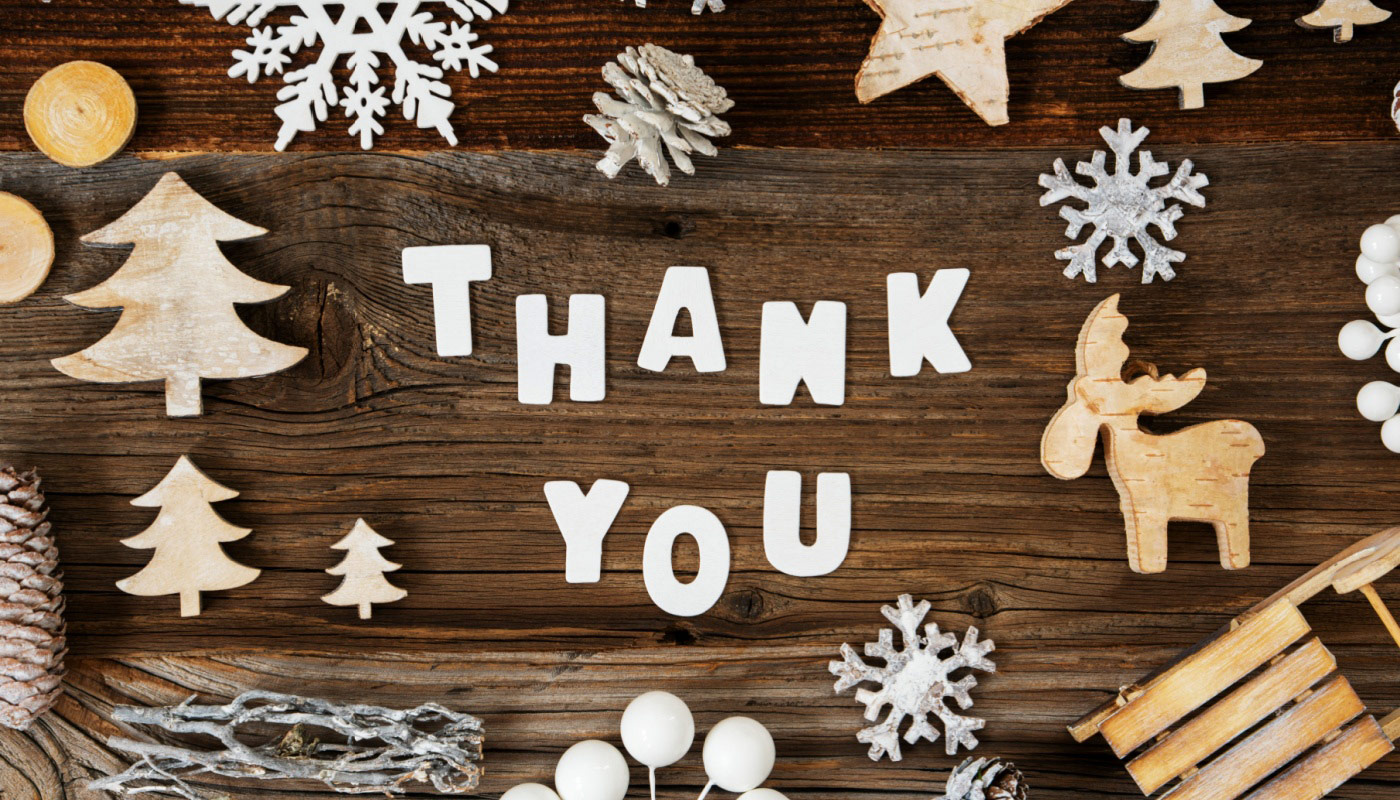
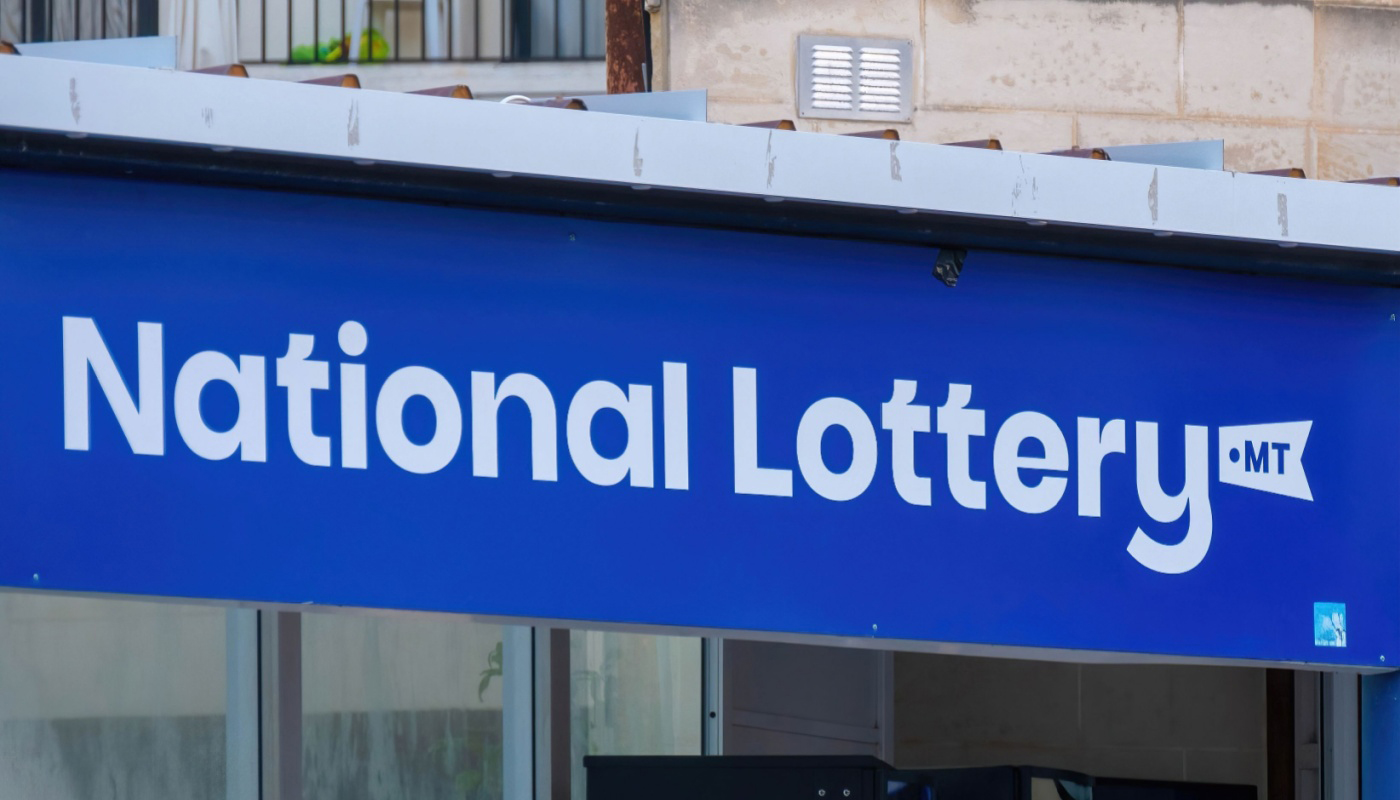
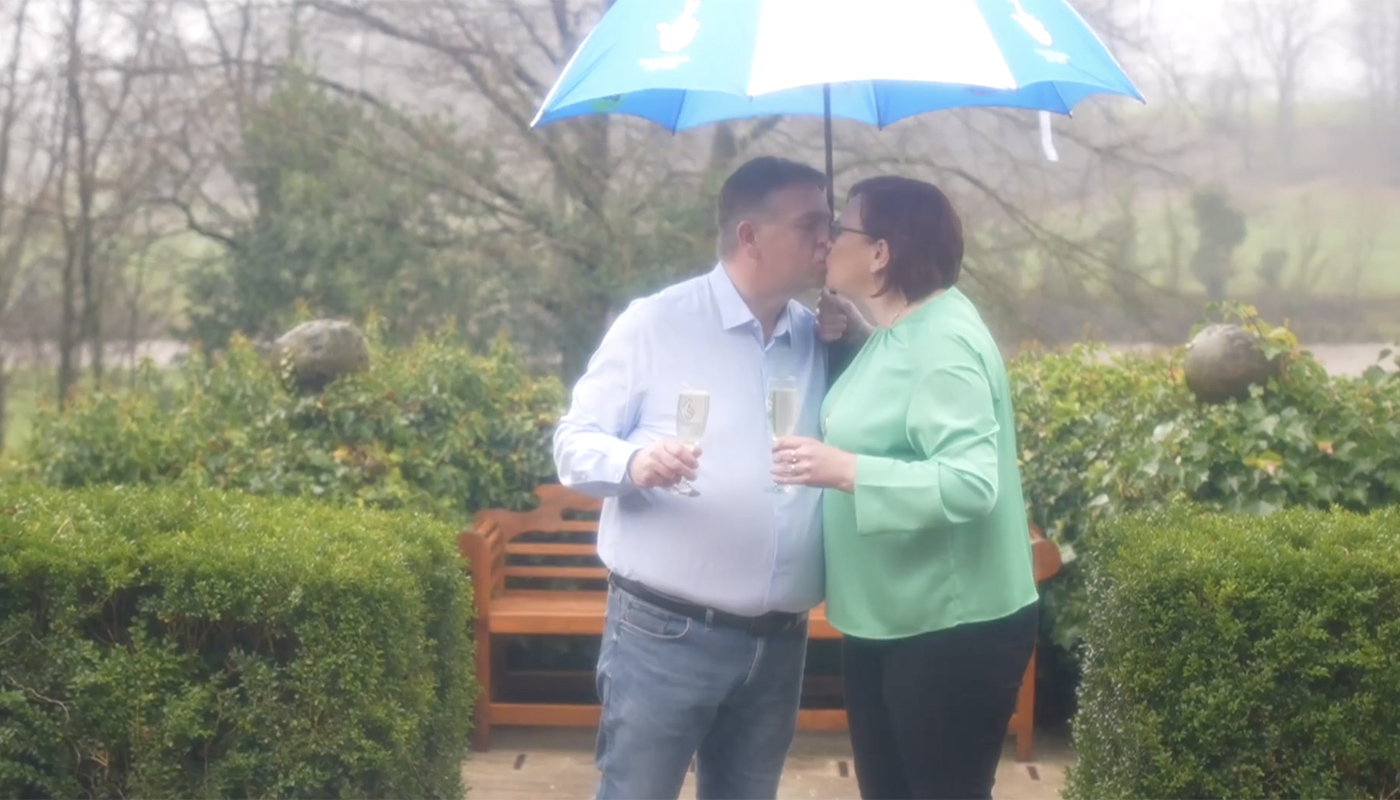










Comments